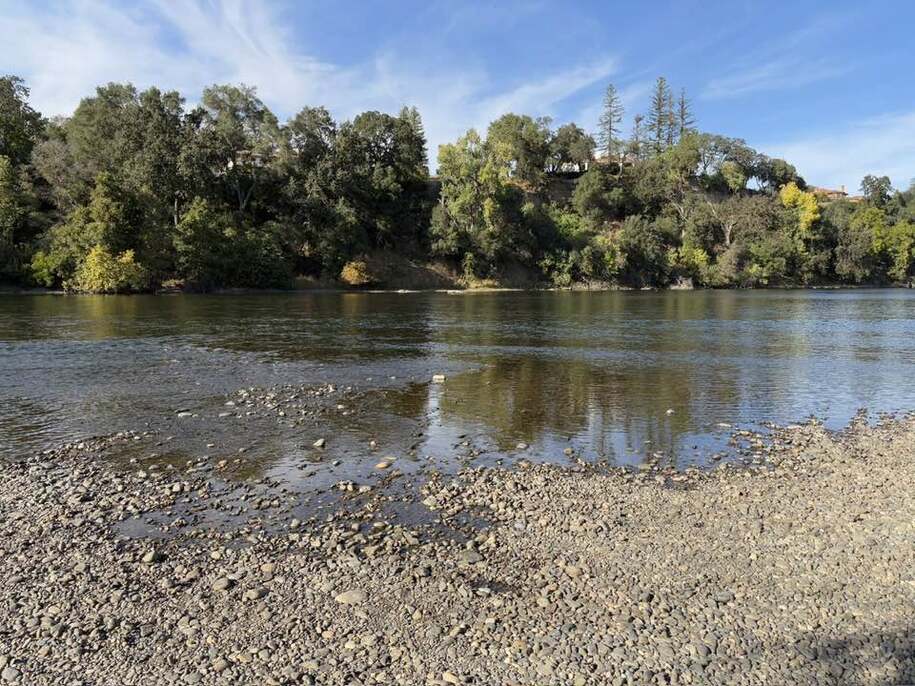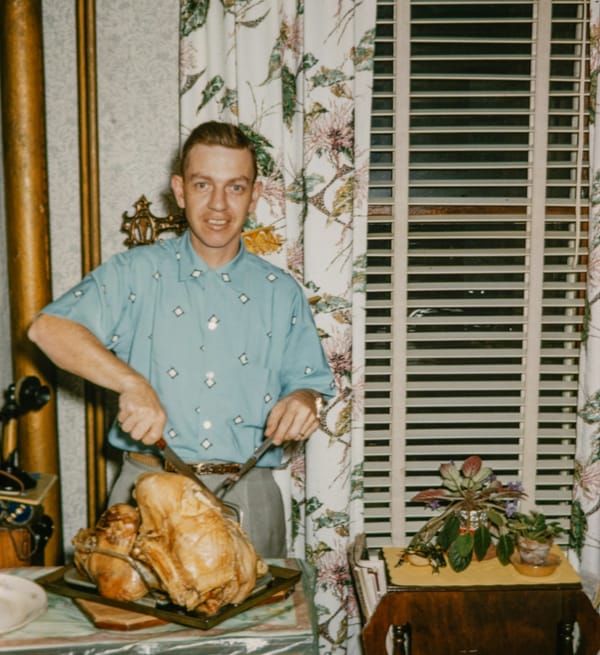Fall-run Chinook Salmon runs are looking much better this year on the Sacramento and Klamath rivers
Due to the low numbers of fish that returned to Coleman the last 3 years, recreational salmon fishing on the Sacramento River was closed for the third year in a row.

Fall-run Chinook salmon returns to the Sacramento River and Klamath River systems are looking much better this year, the third year of a total closure of commercial ocean salmon fishing in California coast, than they did last year, according to preliminary data.
An estimated 40,000+ king salmon have returned to Coleman National Fish Hatchery on Battle Creek, the hatchery that provides the salmon for the main stem Sacramento, according to James Stone, President of the Nor Cal Guides and Sportsmen’s Association (NCGASA).
Hatchery staff took in 28-30 million total eggs for Fall Run Chinook this year to date, a big improvement from last year when the facility had to obtain eggs from the Feather, Nimbus, and Mokelumne hatcheries to meet its production goal.
Due to the low numbers of fish that returned to Coleman the last 3 years, recreational salmon fishing on the Sacramento River was closed for the third year in a row, although a limited salmon season was allowed on the Feather, American and Mokelumne rivers this year.
The Feather River, the Sacramento River's largest tributary, saw another good salmon run. A total of 39,587 Fall-run Chinook salmon passed through the Feather River Fish Monitoring Station from July 1 through present. That is close to the 40,380 fish that returned by the end of last year.
The number of Spring-run Chinook salmon counted at the station between April 16 through June 30 was 17,712, the biggest return of spring Chinooks in over a decade, compared to 7144 in 2024. That data is available at CalFish.org.
On the lower American River, the ladder at Nimbus Hatchery opened on Friday, November 8. Egg-taking took place on Monday and the next spawn was on Thursday, November 13.
“Following the opening of the Nimbus Hatchery fish ladder last week, hard-working CDFW staff began spawning fall-run Chinook salmon on Monday, November 10,” the CDFW reported on their Facebook Page. “On that day, 146 salmon were spawned and approximately 423,360 eggs were collected and fertilized. These eggs will begin hatching in late December and the fish produced will be released as smolts this coming spring.”
“Spawning of fall-run Chinook salmon at the hatchery will continue till the middle of December followed by the spawning of steelhead trout, which will begin in late December and will continue into February,” the CDFW wrote.
Vance Staplin, Executive Director of the Golden State Salmon Association, reported that the Mokelumne River Hatchery is also kicking off the season “with an impressive early return: over 6,400 Chinook counted in the river so far, and 2.8 million eggs already collected and fertilized.”
“With numbers like this, hatchery managers are confident they’ll exceed their goal of 7.4 million fertilized eggs this season,” Staplin stated.
However, the Mokelumne is a tributary of the San Joaquin River, so it isn’t included in the annual Sacramento River Index that commercial and recreational ocean salmon fishing seasons and river recreational seasons are based upon each year.
We won’t know the final numbers on the numbers of Central Valley and Klamath River salmon that returned to spawn last year until all of the fish counts and carcass survey data are compiled by the state and federal agencies and Tribes in preparation for the Pacific Fishery Management Council meetings in February and March to craft the West Coast fishing seasons.
Klamath River adult Chinook numbers over triple those of last fall
On the Klamath River, my request for the latest data on salmon runs this fall from the CDFW hasn’t been granted yet, but I will post it here when I receive it. We do know that as of October 22, 883 Chinook salmon had returned to the Fall Creek Hatchery above the former dam site.
We also know that the fall Chinook weir counts on the Klamath River, Shasta River and Scott River and tributaries are over 3 times higher than they were last year, also the first year that the salmon were able to spawn upriver above the former dam sites.
“The numbers from this year's fall Chinook salmon run tell a striking story,” reported Jay A. Martin of the Yreka News. “By mid-October 2024, the Shasta River had counted 1,871 adult Chinook salmon. At nearly the same point in 2025, that number stands at 5,745 - more than triple last year's count. Across every tributary monitored by the California Department of Fish and Wildlife, 2025 is delivering substantially stronger returns than 2024.”
The year-to-year comparison on adult Chinook salmon is as follows:
Shasta River: 1,871 (2024) → 5,745 (2025)
Scott River: 81 (2024) → 1,639 (2025)
Bogus Creek: 56 (2024) → 323 (2025)
Jenny Creek: Data delayed in 2024 → 216 documented in 2025
Shovel Creek: Just began operations in 2024 → 194 in 2025.
The most recent weir adult fish count published by the CDFW on Nov. 14, 2025 shows an upswing in coho salmon numbers, along with the improved Chinook numbers:
Shasta River: 5,858 adult Chinook Salmon, 3 adult Coho Salmon, and 273 adult Steelhead
Scott River: 2,896 adult Chinook Salmon, 36 adult Coho Salmon and 124 adult Steelhead
Bogus Creek: 319 adult Chinook Salmon, 2 adult Coho Salmon and 1 adult Steelhead
Jenny Creek: 208 adult Chinook salmon, 2 adult Coho Salmon and 1 adult Steelhead
Shovel Creek: 216 adult Chinook salmon, 1 adult Coho Salmon and 0 adult steelhead.
What else do we know about the Klamath salmon and steelhead runs this year?
“We know for certain salmon and other anadromous fish are now spawning in places they haven’t done so in over a century,” said Craig Tucker, natural resources consultant for the Karuk Tribe. “We now know that water quality has improved in the fall when adult fish are migrating. And we know that we have all but eliminated toxic algae blooms in the former reservoir reach.”
In addition, we know that around 140 Klamath River Chinooks have returned to the Sprague River, Williamson River and other tributaries of Upper Klamath to spawn again for the first time in over 100 years.
“Imagine standing by the edge of the Upper Klamath Basin, feeling the cool water droplets as salmon leap and splash in their triumphant return,” according to a recent announcement on the Klamath Tribes Official Page. “After more than a century of absence, the tributaries are alive again with the vibrant presence of c’iyalls. This resurgence is not only a sight to behold but signals an ecological victory and a shared moral responsibility to preserve these waters for future generations.”
“Chinook salmon were observed in Crooked Creek, a tributary of the Wood River,” the Tribe continued. “This observation cements that Chinook salmon have been observed spawning in all major tributaries of Upper Klamath Lake. Our Ambodat department has documented roughly 140 adult Chinook salmon in the tributaries of Upper Klamath Lake, and is confident that there are many more in the system. This resurgence not only signifies an ecological victory but also reinforces our shared moral responsibility to safeguard these waters for future generations. Protecting the natural heritage of these lands ensures a thriving environment for centuries to come.”
“The Klamath Tribes have been fighting for this moment since the fish were separated from us by dams and infrastructure that was never made for them, and we honor those who are not here with us today but whose efforts made this return possible,” the Tribe wrote.
While salmon are spawning in Upper Klamath River tributaries in Oregon for the first time in a century and the number of Chinook salmon in Klamath tributaries has increased three-fold from last year, steelhead, particularly the usually abundant half pounder run, are largely absent from the mid section of the Klamath around Somes Bar this season.
Steelhead fishing continues to be very tough on the Klamath River in the Somes Bar area, despite great water conditions, according to Doug Cole of Marble Mountain Ranch fishing lodge and guide service.
“We had 9 guide days over with the San Jose Fly Caster's Club. and....OUCH! We totaled 4 adult steelhead over the three days, and a few juvenile fish...sigh! and not a single half pounder,” said Cole.
Fishing conditions were ideal. “It rained the morning of Nov 13, but cleared up mid-morning and remained beautiful and comfortable for fishing conditions through the next two days,” Cole stated.
“The river flow was 3300 - 2800 cfs during the outing, clarity was around 20", and temps in the high 40s / low 50s. Everything was beautiful. And....the two best adult steelhead were those store bought steelies that we teriyaki smoked for dinner last night,” he quipped.
“This has NOT been a good year as far as quantities of fish in the mid Klamath to support sport fishing. However, the river conditions have been appropriate and enjoyable. So, let’s hope for a stronger steelhead population for this sport fishing passion next year. We are not encouraging additional bookings this year due to the low fish counts, but if you want to just experience the canyon float and try for the few adult steelhead in the region....then come on down,” Cole concluded.
Again, we won’t know the final numbers on the numbers of Sacramento and Klamath River salmon that returned to spawn last year until all of the fish counts and carcass survey data are compiled by the state and federal agencies and Tribes in preparation for the Pacific Fishery Management Council meetings in February and March to craft the West Coast fishing seasons.
Finally, in the PFMC meeting on Nov. 16, the Nor-Cal Guides & Sportsmens Association and their supporters recommended that the river salmon escapement floor for the Sacramento River be raised from 120,000 to 180,000 fall-run Chinooks in an amendment to the Fall Chinook Fishery Management Plan (FMP). This was proposed to make sure that enough salmon return to the rivers to spawn every year. Visit the PFMC website for upcoming meeting information: https://www.pcouncil.org.




